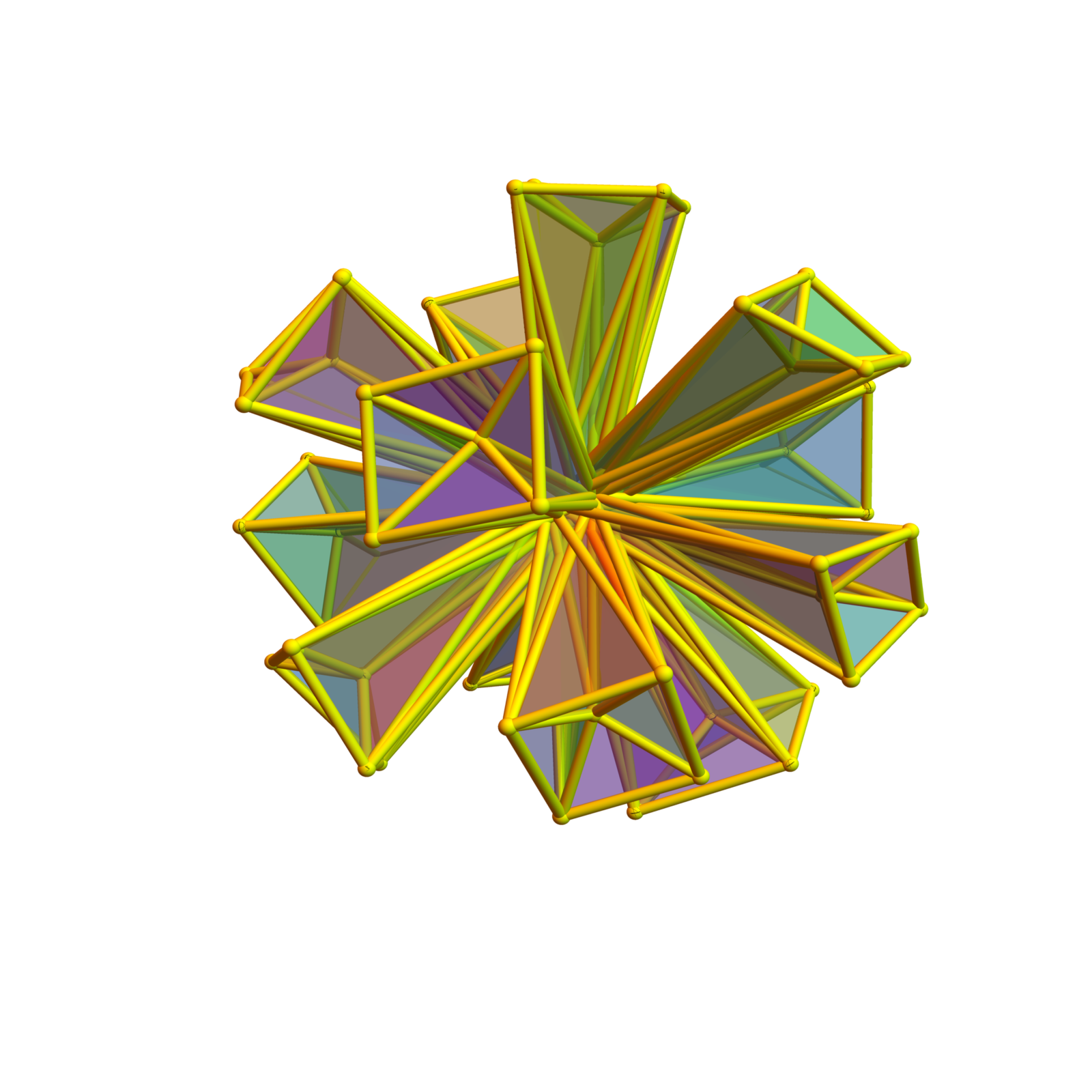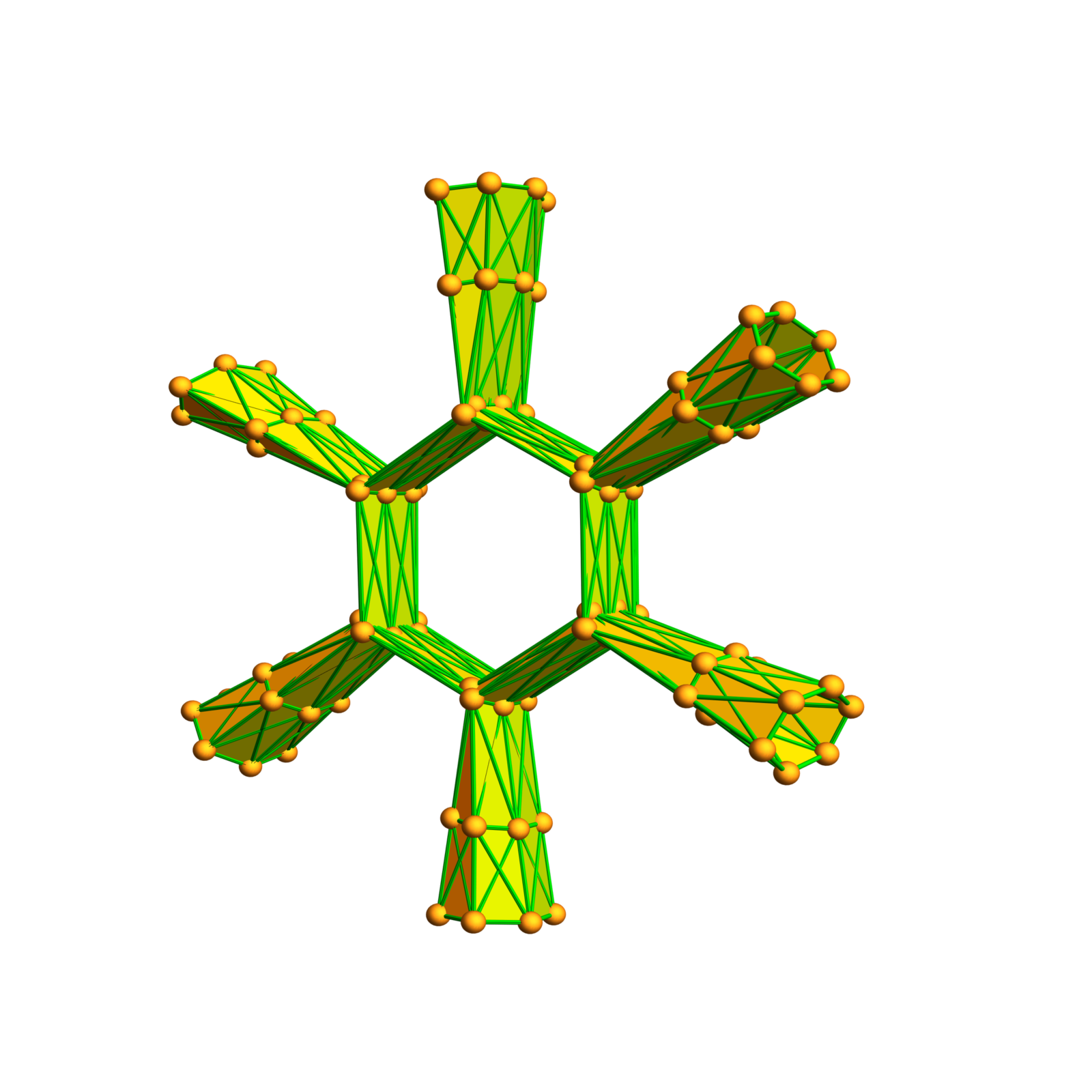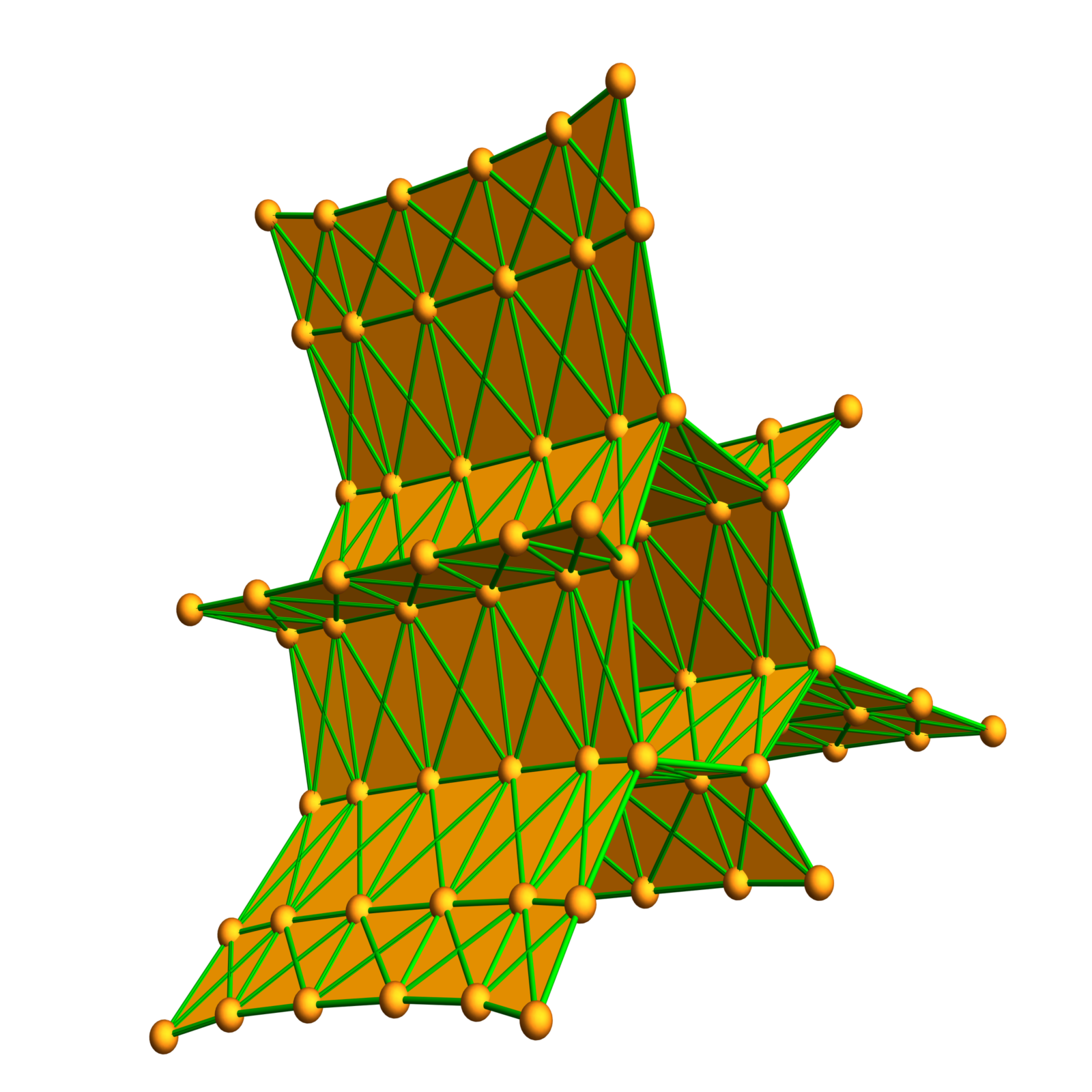Summary of update of current work
Since a few weeks I work more on the arithmetic of graphs and especially the strong ring of simplicial complexes which can be extended to a unital commutative Banach algebra. This line of research had started late 2016, while preparing for a workshop on teaching algebra. It is mentioned also in the “postfix” appendix of my lecture notes adventure of teaching algebra [PDF]. The story is now much clearer, as the Banach algebra is now very well pinned down as a Wiener algebra allowing so to do go on and do anything we do in calculus in that larger arithmetic. The algebra has no chance to be a C* algebra. But weknow precisely which elements are invertible and have the space of all the characters (spectrum = set of prime ideals or space of irreducible representations) and also the number theory is now more clear. The whole story is much richer. There is much more than number theory, as the usual arithmetic of the algebra , the spectrum consists of just one point. Now we have an infinite dimensional compact metric space as spectrum and also can easily deform the algebra to become non-commutative. A major new feature in the larger geometric algebra is that there are many additive primes besides 1 and no unique prime factorization in the multiplicative group of integers (This is the reason then to define primes as primes which are both additive and multiplicative primes so that we have unique prime factorization). A tiny adjustment is to see the Banach algebra
clearly as a localization of the ring
of integer networks. In the originally defined algebra, this was a bit opaque and I was closer to the field of fractions defined by the ring than to the localization. It is a small detail but rather than looking at all fractions p/q with integers p,q, we only can define fractions of the form (a-b)/c where a,b,c are what are the geometric natural numbers (networks). The field fractions contains terms of the form a/b with a,b integers but of course never can carry the Banach algebra norm defined on
because we can not render
into a division algebra. I also define now primes as integer networks which are both additive and multiplicative primes. In that case one has a unique prime factorization. As explored already a bit in 2018, one can use networks to do cryptology: take the product of two large networks of size p,q and look at the difficulty to factor it. I currently think about how difficult that problem is. It is certainly harder than factoring integers as the product network has n=pq nodes. But it could be even NP complete because it amounts of picking the right subgraphs even if we know their sizes. The gallery shows some examples where we one see the factorization easily. In the first example the graph is a product of a line graph and a cyclic graph for example. This crypto problem had been mentioned already here in this blog. The adjustment to require primes both be additive and multiplicative primes gets rid of the usual rational primes p because they are 0-dimensional networks without connections and p points and so are not additive primes. But the usual primes are still well and alive in the larger algebra because one has a subalgebra generated by complete networks
and we have
. Factoring products of complete networks is the same than factoring rational numbers.
Incidence and intersection calculus
The topic also makes clear how important intersection calculus is. Incidence calculus which started with mathematicians like Betti looks at relations between simplices in which one simplex is contained in the other. In intersection calculus, one looks at the relation when two simplices intersect. Both lead from a finite set of sets (or more specifically from a simplicial complex) a graph. In the incidence case, we have the Barycentric refinement, in the connection case we have the connection graph. It looks like a small change but it is a continental shift. In the incidence case, we have the usual incidence matrices and adjoint
and Hodge Laplacian
for which one has all the features and theorems from the continuum. The kernels of the blocks of H for example are the Betti numbers. This is so simple that with only 6 lines of code we can get a basis of all the cohomology groups of a complex. We have also spectral super symmetry like the McKean Singer spectral symmetry. This spectral symmetry is somehow a nice replacement for elliptic regularity because it allows to give simple proofs of theorems like the Lefschetz fixed point formula equating the Lefschetz number of an automorphism with the sum of the Lefschetz numbers. It also allows to go (at least as a caricature) close to Atiyah-Singer or Atiyah-Bott in a combinatorial setting. When now swapping out “
incidence" with “intersection”, the situation completely changes. The cohomology disappears because the matrices are always invertible. This was a big surprise for me when discovered early 2016. It has since been published and very much been generalized and part of the motivation to make it so general was the arithmetic of networks. If we look at ringed space for a simplicial complex, it is natural to look at the arithmetic ring of networks itself as the ring. One nice thing, which is mentioned already in that preprint is that the determinant can then be seen as an exponential. In any arithmetic, whether it is the arithmetic of complex numbers or the arithmetic of integers, we like exponential maps and their inverses, the logarithms. Now, with a Banach algebra we can of course do all the calculus as in finite dimensions and especially also define exponentials using Taylor series but exponentials are much more interesting in a geometric frame work. One sees this already in Lie theory where the exponentials link Lie algebras with Lie groups. Also here, now in a completely different setting, we have an exponential map, which assigns to a network an other network. Also the choice of base is much richer now.







